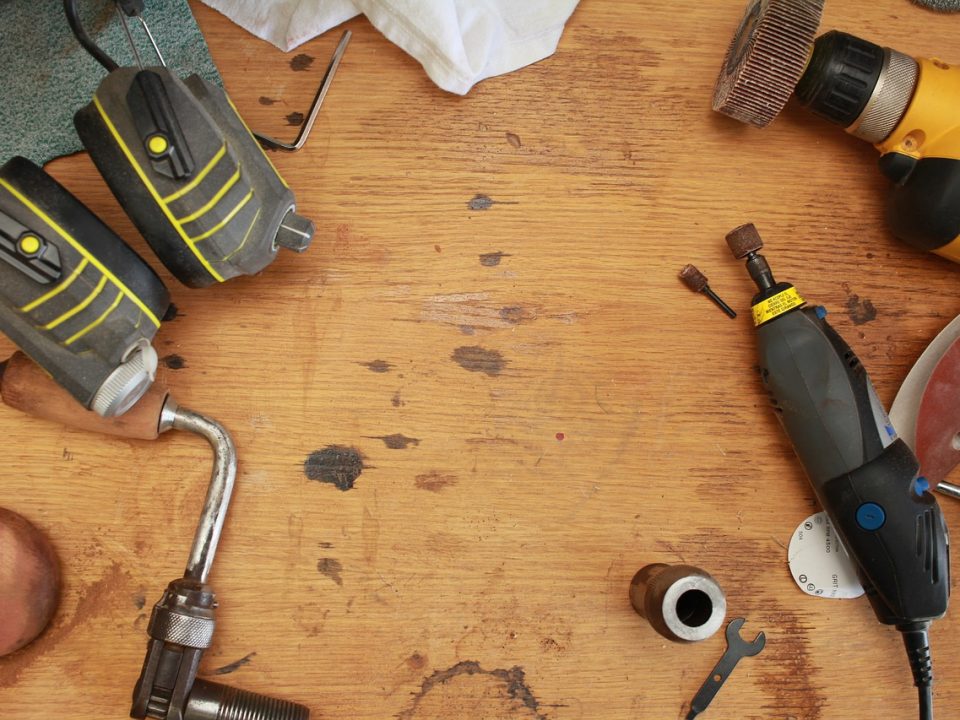Playtime with Blind and Visually Impaired Children-Infographic
February 8, 2017Caring For Your Siding
February 13, 2017Born initially as a reaction to the dizzying displays of abstract expressionism, minimalism has developed quite a bit since its rather humble beginnings. In fact, over the past decades the trend has grown to encapsulate numerous ideas about art and life in general. Perhaps that explains why even today, this style continues to be such a popular choice among interior designers and people who aspire to live a simpler life in general. If you want your home to benefit from all the qualities inherent in a minimalist art work without sacrificing its ultimate livability, here are five essential aspects to consider:
- The “less is more” mantra
This central tenet of minimalism is often misunderstood in today’s society. It doesn’t refer to spending less money to buy more goods, nor does it involve eliminating some of the basic pleasures that make life worth living. Instead, “less is more” simply means that abundance by itself does not always guarantee happiness. With regards to interior design, this translates into having just the right amount of things at all times. Owning extraneous objects can quickly clutter a home, so be sure to always give away the things that you no longer need as you acquire new possessions.
- Furniture placement and the value of open space
Open space is valued above all in minimalism. Just like the space between two musical notes can sometimes mean more than the actual notes themselves, it is believed that the absence of things can in some instances lead to more contentment than their relative abundance. This doesn’t mean that rooms should be devoid of essential objects like beds, bathroom fixtures and cooking appliances, but it does mean that the way you arrange things is all-important. Instead of simply placing things at random, opt for fitted furniture instead, making sure that you leave plenty of space around your most important items.
- The role of color
Color is another underrated aspect that usually gets misunderstood in minimalism. While the trend does indeed reject gaudy displays in favor of a more restrained approach, colors certainly have their place in minimalist decorations. The trick here is to settle on a relatively stable color palette, and then use variations of it throughout your entire household. It’s well known that colors affect our mood so you should always be careful when choosing the right one. In 2017, for instance, the fashionable hue is believed to be greenery, a fresh yellow-green shade that symbolizes new beginnings. If you were to pick such a shade as your base color, you should refrain from employing clashing tones that undermine its simplicity. Nevertheless, the occasional accent wall or stand-out piece can still be used to spruce up your home’s overall look.
- Choosing appropriate building materials
If you are what you eat, then your home is what it’s built of. From its basic structure to its subtlest finishes, the materials you use to construct your home will inevitably have a big say in its overall character. To that end, a minimalist home will generally favor natural materials such as wood or masonry, but there is a place for man-made materials as well, if the situation demands it. Owing to their sleekness, minimalist homes can sometimes be perceived as overly distant, but this too can be fixed with the likes of textured timbers, which create warmth and give your home a friendlier, rustic vibe.
- The importance of good lighting
As a general rule of thumb, minimalist homes are designed to be bright, clean environments for people who want to gain a clearer perspective on life by leading an orderly existence. This kind of goal cannot be achieved in the absence of light, which is why optimizing access to light sources is one of the most important aspects of minimalist interior design. Natural light is always preferable, as safe sun exposure grants certain benefits that no artificial light can provide. To that end, make sure that your home’s windows are perfectly placed to absorb the sun’s rays without overheating the room or bothering your eyes. And don’t forget to also invest in plentiful artificial light sources that are kind to your eyes and only consume a reasonable amount of energy.
As you can see, the many precepts of minimalism can be successfully employed in interior design and will likely lead to beautiful, cleanly-designed home that many people will no doubt enjoy living in. While the minimalist style isn’t for everybody, plenty of homeowners could stand to benefit from its central tenets, as they generally translate into a much more relaxed and serene outlook on life in general. For all these reasons and more, keeping it minimal is something that you should definitely consider when designing your very own dream home.










